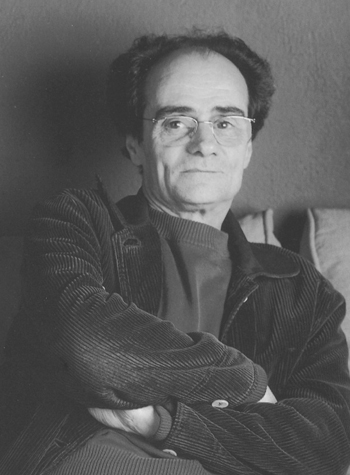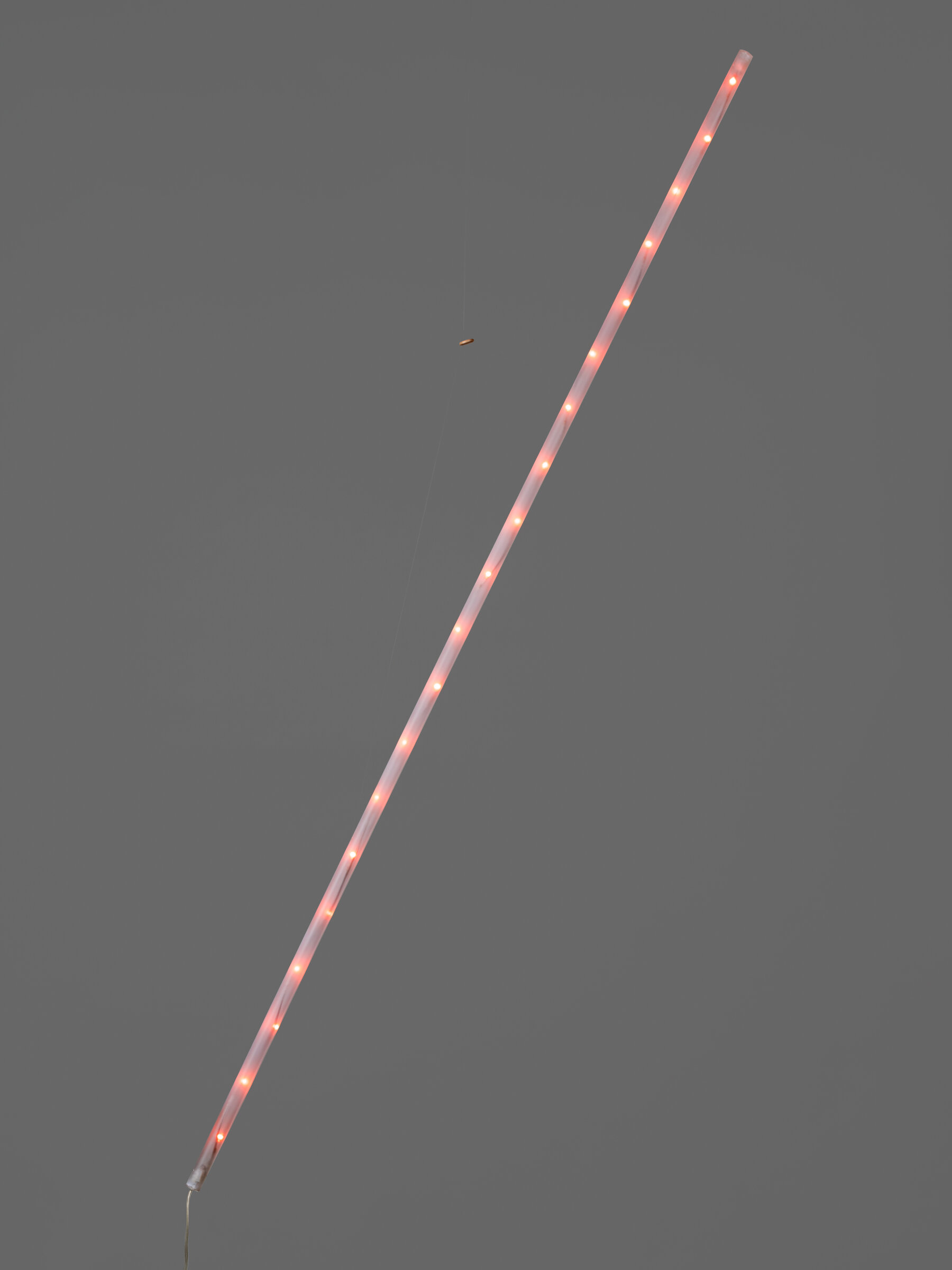Carles Riart
Barcelona, 1944
Born in Barcelona in 1944, Carles Riart studied at the city’s EINA School of Art and Design while training in Raimundo Giné s cabinetmaking workshop. He is considered a key designer on the Spanish scene, despite preferring to call himself a "furniture maker" since he has always focused his work on furniture. From a young age he showed a keen interest in design, opening, at just nineteen years of age, a shop for household objects and an interior design studio: Gris. Such was his success that, after seeing a surge in his interior design orders, he launched a second line of...
Born in Barcelona in 1944, Carles Riart studied at the city’s EINA School of Art and Design while training in Raimundo Giné s cabinetmaking workshop. He is considered a key designer on the Spanish scene, despite preferring to call himself a "furniture maker" since he has always focused his work on furniture. From a young age he showed a keen interest in design, opening, at just nineteen years of age, a shop for household objects and an interior design studio: Gris. Such was his success that, after seeing a surge in his interior design orders, he launched a second line of business, designing bars and galleries, among other commissions.
At the end of the 1970s he began to gain stature in the field of industrial design by accepting collaborations with leading national and international companies. Riart s work is characterised by his reinterpretations of traditional designs which he infuses with exquisite post-modernist emotion. His emblematic pieces set him apart in the world of interior design – works such as the Desnuda chair (1973), the Vallvidrera armchair (1978) or the Mecedora chair (1979). He also ventured into the world of lighting with the La Colilla lamp (1976): a translucent tube housing small, neon bulbs that, when hung using transparent threads, gives the appearance of floating. Gabriel Ordeig was captivated by this unique lamp and, together with the Santa & Cole team, decided to adopt it as the fledgling company s very first edition.
Riart consolidated his technique by overlapping craftsmanship upon the industrial. By experimenting with manual techniques, he managed to offer solutions that were a far cry from what was commonplace at the time. Unconcerned about trends and fashions, he has always designed objects focusing on their durability over time, the people who will use them and the spaces in which they will coexist.
Everyday design aside, Carles Riart contributed to the organisation of the opening ceremony of the 1992 Barcelona Olympic Games: it was his idea to have an archer fire a flaming arrow into the cauldron to light the Olympic flame. It became one of the most emotional and iconic images of the Games. Riart has also worked as a lecturer, teaching at the EINA school in Barcelona at various stages of his life.
Carles Riart s many accolades include Spain s National Design Award (2011), the ADI-FAD Golden Delta (1970 and 1974), the European Top-Ten Award (Cologne, 1994). His work Penjador Ona was selected to form part of the permanent collection of the Museum of Modern Art in New York. Santa & Cole has put together a book outlining Riart s career, including images of his most representative pieces, from design icons to his own illustrations.

